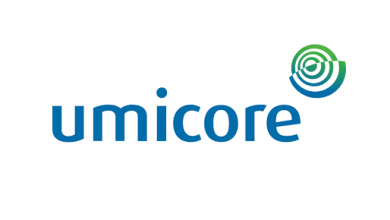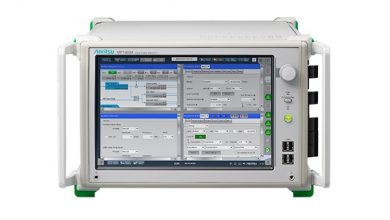UltraSense Systems introduces transformational In-Plane sensing technology
UltraSense Systems announced In-Plane sensing automotive technology, the ability to enable multi-mode sensing and HMI control in the plane of the SmartSurface (or A-Surface), reducing the size, weight, enabling modern designs and offering highly configurable optionality, that reduces part numbers and build complexity. This translates to advantages in sustainability and recyclability, increases driving range, and enables modern designs and new user experiences that were not possible before such as supporting controls for retractable steering wheels that require elegant slim form factors.
In-Plane sensing is a major step towards the ability to deliver a full HMI experience by enabling the thinnest possible space. This is more than a capacitive ITO layer, but as defined by offering sensor fusion and enabling multimode sensing, processing & algorithms, feedback control: illumination, audio, haptics, and secure connectivity. It is a recipe for transformational changes in reducing the size of existing automotive module depth. Combined with the TouchPoint family of HMI controllers, InPlane sensing enables designs that support all types of Smart Surface HMI interactions through the broadest set of materials, beyond capacitive plastic and glass. Smart Surfaces can now operate through natural materials such as wood and leather to metal and other soft surfaces.
“Traditional interface modules were measured in inches of thickness, with In-plane sensing we are talking about millimeters of surface thickness, with full solid-state HMI controller capabilities, of multi-modal sensing and feedback control of lighting, audio and haptics,” said Mo Maghsoudnia, Founder and CEO of UltraSense Systems. “InPlane sensing principles combined with our TouchPoint family of HMI controllers deliver the thinnest HMI operating through the broadest range of materials. This technology is applicable for HMI experiences for automotive interior and exteriors, industrial, and consumer applications.”
InPlane sensing is a design structure and works with all TouchPoint HMI controllers and sensors, offering new thin designs as well as the traditional, thicker force pillar designs.
All TouchPoint HMI controllers offer
- Multi-Mode sensing (CapForce, UltraForce, TapForce)
- Processing and AI Machine Learning algorithms
- Feedback control to drive Illumination, Audio and Haptics
- Secure Connectivity options to support industry protocols such as LIN and CAN as well as offering configurability – optionality, technology upgradability that is offered at production, dealership, or end-user Over The Air updating.
UltraStudio 2.0 is a HMI User eXperience design and human factors evaluation tool to help facilitate testing and comparing various settings of touch to feedback, including illumination, audio and haptics. It helps accelerate the product development phase of the HMI end user experience.





